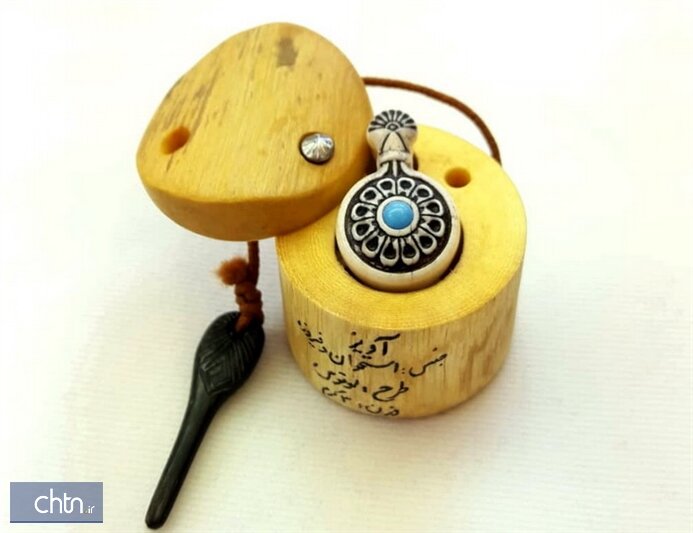Exports of handicrafts from Qazvin hit $6.3m in year

TEHRAN – Handicrafts exports from the northwestern province of Qazvin reached $6.3 million during the previous Iranian calendar year 1398 (ended March 20), CHTN reported.
Traditional glassware, hand-woven carpets, and rugs, leather works, pottery and traditional jewelry constitute the majority of Qazvin’s handicrafts mostly exported to Iraq, Qatar, Germany, Russia, Azerbaijan, United Arab Emirates, Netherlands and Turkmenistan, provincial tourism chief Seyyed Meysam Hessari said on Saturday.
Some eight high-quality works by artisans in the province were also awarded the National Seal of Excellence during the last year, he added.
Qazvin was once capital the mighty Persian Empire, under Safavids, from 1548 to 98. It is a major tourist destination with a wonderfully restored caravanserai-turned-arts precinct, some quirky museums, and a handful of decent eating options. For most travelers, Qazvin is also primarily the staging point for excursions to the famous Castles of the Assassins and trekking in the sensational Alamut Valley.
Also known as the castle of the Assassins, the 12th-century Alamut castle is nested on top of a peak. It was once a shelter for the followers of Hasan-e Sabbah (1070–1124) who was a spiritual leader of an Islamic sect. In the early 1930s, British-Italian explorer and travel writer Freya Stark described her exploration of the place in her book “The Valleys of the Assassins”.
Qazvin is also home to one of the biggest roofed caravanserais of the country, Sa’d-al Saltaneh caravanserai. Dating back to the Qajar era, it’s a place for discovering tens of Hojreh or shops, cafes, yards, and a stunning mosque. It’s a place for visitors who want to experience the culture, culinary, and hospitality of Iran.
ABU/MG
Leave a Comment